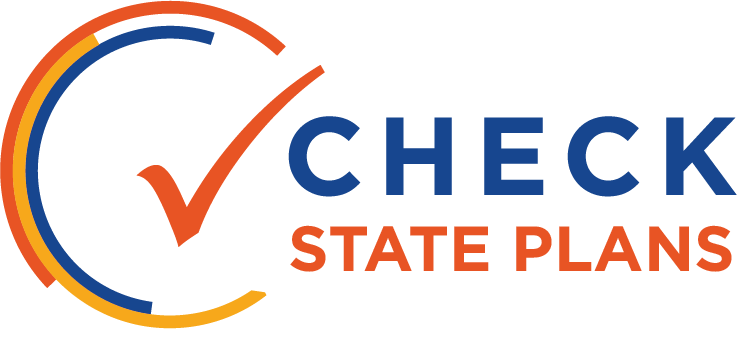
INDICATORS

South Dakota has proposed a simple, mostly high-quality list of indicators focused on student learning.
These include: academic achievement and growth, English language proficiency (ELP), chronic absenteeism, graduation and completion rates, chronic absenteeism, and college and career readiness. Growth and chronic absenteeism only apply to elementary and middle schools, while graduation, completion, and college and career readiness only apply to high schools.
South Dakota deserves recognition for its approach to measuring growth for English learners toward ELP.
The state has created an index, awarding extra credit for students who achieve ELP more quickly than expected and partial credit for students who show some growth, but not enough to meet proficiency in the expected timeline. In addition, when a school does not have enough English learners to meet the minimum group size, the school will be held accountable based on district-level data if the district has at least 10 English learners overall, increasing the number of schools where ELP can be included. This is a practice other states with small populations of English learners should consider.
South Dakota’s commitment to broadening its college- and career-readiness indicator should be recognized.
Reflecting stakeholder feedback that additional measures of student success should be included, the state will include the percentage of graduates who are ready for postsecondary—as evidenced by assessment results (e.g., on Smarter Balanced, the ACT, state-approved high school remediation, or WorkKeys) and as evidenced by progress toward earning a postsecondary credential (e.g., earning a “C” in dual enrollment or Advanced Placement [AP] courses, scoring a three or higher on an AP exam, completing two units of study as a career and technical education [CTE] concentrator, or completing two CTE foundation courses or capstone experiences with at least a “C” grade). That said, the state does not currently collect data on all of these measures and should clarify what tests have been approved as remedial measures. Moving forward, South Dakota should monitor its data to ensure that all of these options are equally predictive of success, but it deserves credit for pushing in a direction that allows students to demonstrate advanced skills along multiple pathways.
South Dakota’s graduation rate indicator only includes the four-year graduation rate, but this choice is undermined by the inclusion of a second indicator of high school completion, which would include GEDs in the calculation. While this measure will show how well schools are helping students progress to any kind of credential, regardless of time or rigor, South Dakota should consider the emphasis it is placing on completion relative to on-time graduation, given the state’s goal of ensuring that students graduate both on time and college and career ready.
South Dakota’s approach to determining several measures could use further clarification.
For its ELP and academic achievement indicators, the state plans to assign different numbers of points to students scoring at different levels, including a quarter point for students scoring at the lowest performance level. South Dakota should provide a rationale for this approach, given how far these students are from attaining proficiency. For its chronic absenteeism indicator, defined as percentage of students missing 10 percent or more of their enrolled days, South Dakota should clarify what absences are exempt from the calculation and whether it will count absences due to suspensions or expulsions.
 OVERVIEW
OVERVIEW






